What to Eat in Xi'an, China
If you're an organized, ambitious eater (and have our below list of must-try foods on hand), a long-long weekend on the ground in Xi'an is just enough time to acquire a beginners' taste for the city and its flavorful Han and Muslim cuisine. Situated in central China's Shaanxi province, Xi'an was an eastern starting point of the ancient Silk Road and, today, is home to a small, culinarily-influential Muslim population. The city houses 8.7 million residents—a moderate urban population by Chinese standards, but just about on par with New York City—its historical center encircled in a pristine, well-maintained 14th-century city wall. Just a short drive from the first Emperor of China Qin Shi Huang's Terracotta Army (buried with the Emperor in 210-209 BCE), Xi'an is an easy, practical (and delicious) starting base for exploring the surrounding area. — Last updated December 2018
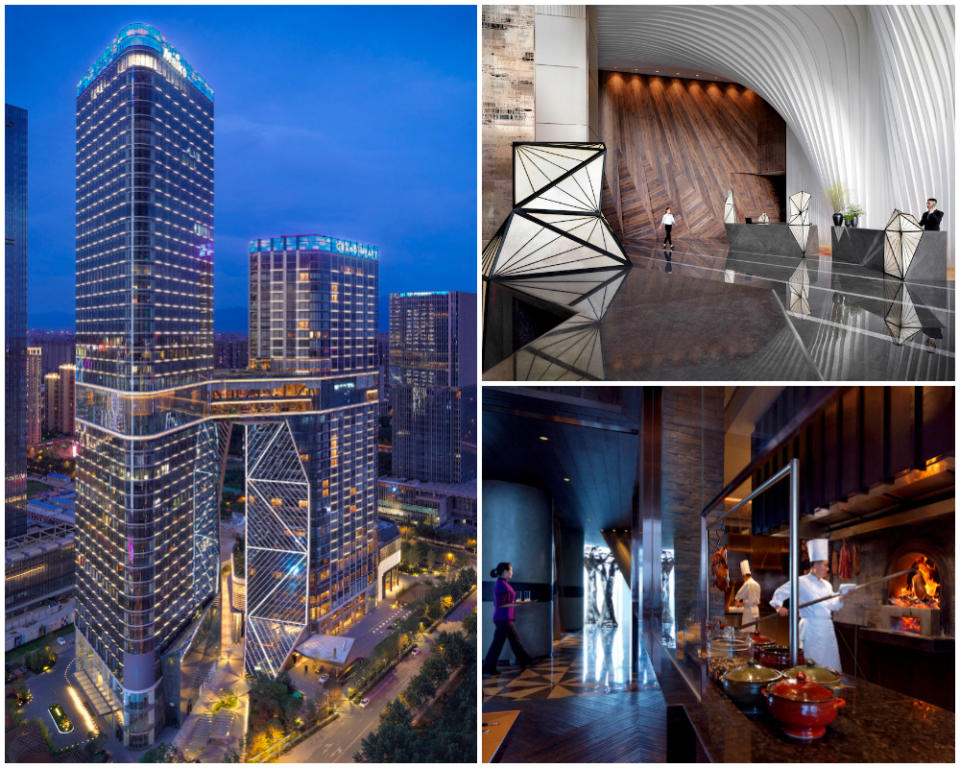
Where to stay: The just-opened Grand Hyatt Xi'an in Xi’an’s Hi-Tech Industries Development Zone is an oasis of luxury and ultra-modernist calm in the bustling city. Within walking distance of Muta Temple Park and Yongyang Park, the property features interiors inspired by the Silk Road, boasts five on-site restaurants, each specializing in a different cuisine—make a point to schedule a night-in for a pan-Asian land and sea barbecue feast at Maple House, the private dining rooms are transportive, an escapist oasis of calm after a long day of sightseeing and shopping in the city's energetic, crowded markets. I stayed in a grand deluxe king room, which featured floor-to-ceiling windows, an alcove sitting and dining area, and a deep bathtub in a sprawling bathroom with city views. Oh, and no matter how jet-lagged you are, try not to miss the Grand Hyatt Xi'an's epic hotel breakfast buffet, which includes offerings from all around the world—nothing makes me happier than steamed buns, spicy noodles, tamago, grilled fish, and a, uh, hash brown, all on one plate in the mornings.
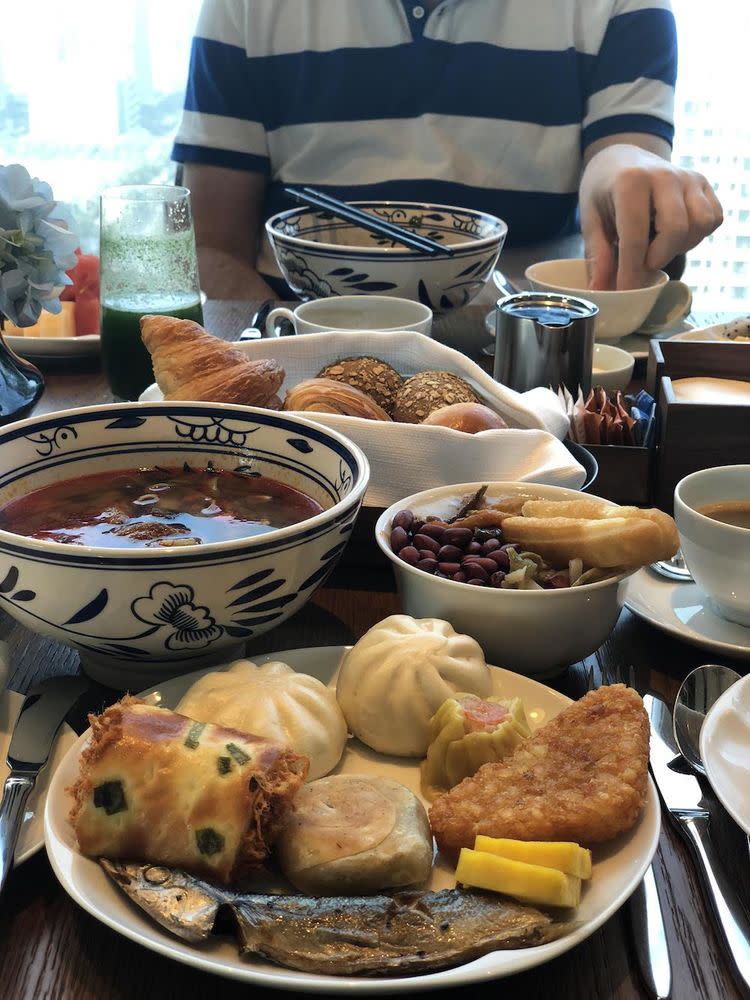
How to get there: A day-long journey to Xi’an is a snip on United in Polaris, which flies direct to Beijing from major U.S. cities and features lie-flat seats so you can sleep en route; transfer in Beijing to a UA codeshare with Air China bound for Xi'an.
Getting around: With just a few days in town and a goal of seeing and eating as much as possible, taxi (download the DiDi app before arriving in China to access a local rideshare service), and walking will be your best bets. Within the ancient city walls, a walk from any of the main gates—north, south, east, or west—to the central Bell Tower will take 20 to 30 minutes at a reasonable-but-leisurely pace, so plan your footwear accordingly.
Where to Eat in Xi'an
The Muslim quarter morning market: It's open Thursdays and Sundays—and go early because vendors start packing up around mid-day. Start the morning with a beef bing—a chopped meat patty spiced with aromatic herbs and wrapped in a flaky, handmade pastry laced with a touch of mala peppercorn.
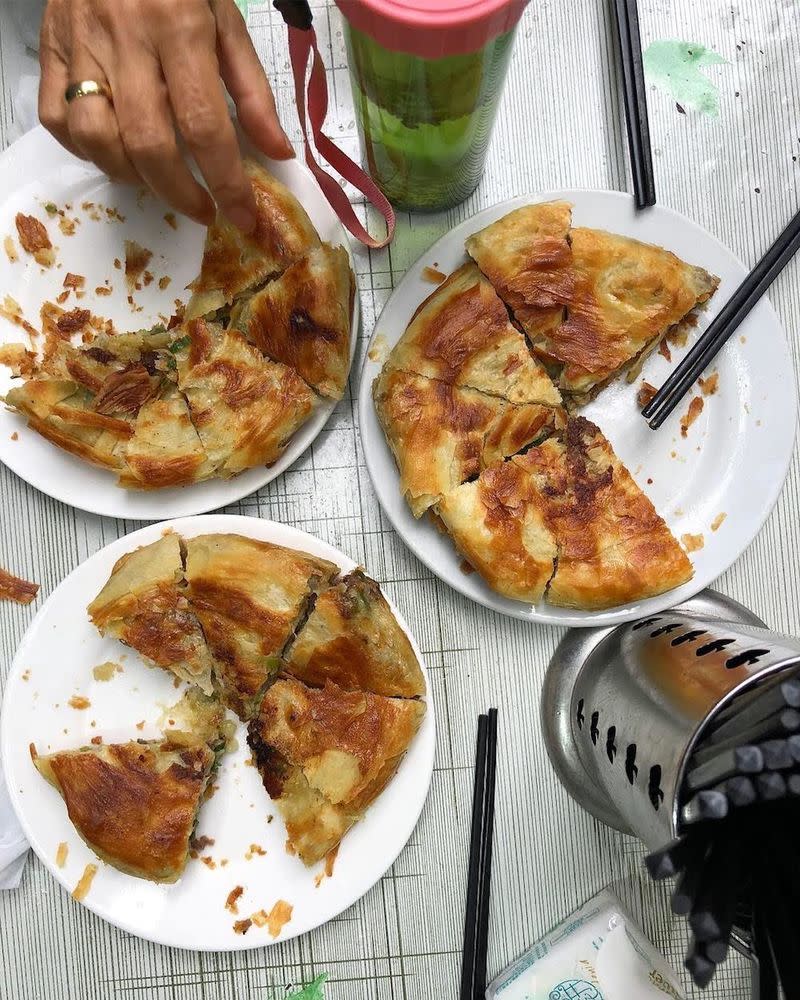
Next, queue up with locals for a savory and spicy hot bowl of hula tang—literally: “peppery, spicy soup”—teeming with vegetables, potatoes, and meatballs, and served with mo, a local flatbread you'll be tasked with tearing up into little bite-size pieces by hand before they'll even serve you the soup.
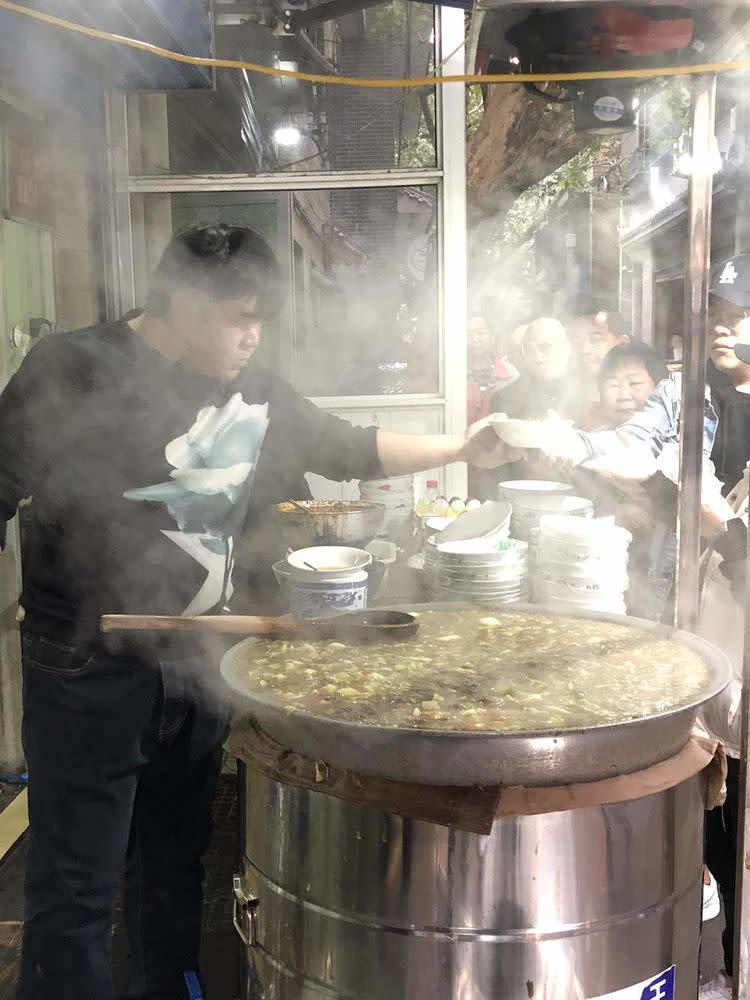
Walk around the morning market—where street vendors sell produce, snacks, spices, cooked foods, a wide variety of pets—bird-keeping is a very popular pastime among the city's seniors, who you'll see gathered in parks, pet bird cages in tow—and pick up a sweet treat, maybe a deep-fried persimmon or red bean fritter.
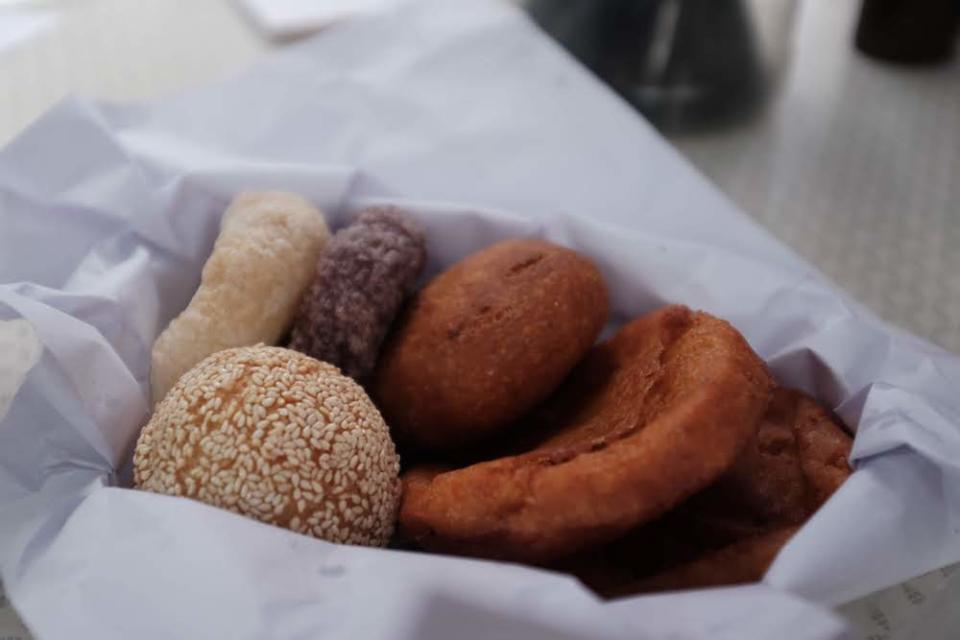
NB: You’ll notice there are wenwan walnuts everywhere—sold in singles, doubles, strung up, as bracelets, are given pride of place in elaborate red velvet boxes—these are a favorite everyday carry item for locals, who use them for hand exercises.
The Muslim quarter night market: The night market is 100 percent different from the morning market. In lieu of a sit-down dinner, consider a multi-course snack approach as you wend your way through the Muslim quarter in the early evening. Grab yourself a dozen or two chuanr (skewers) of finely-sliced barbecue beef seasoned with chili oil and cumin.
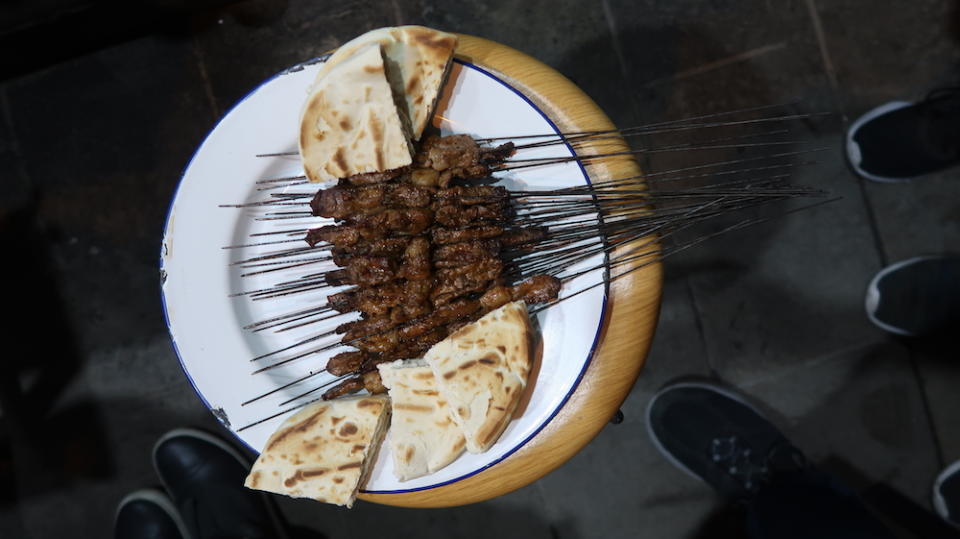
Pop into a casual neighborhood joint for Xi’an style soup dumplings.
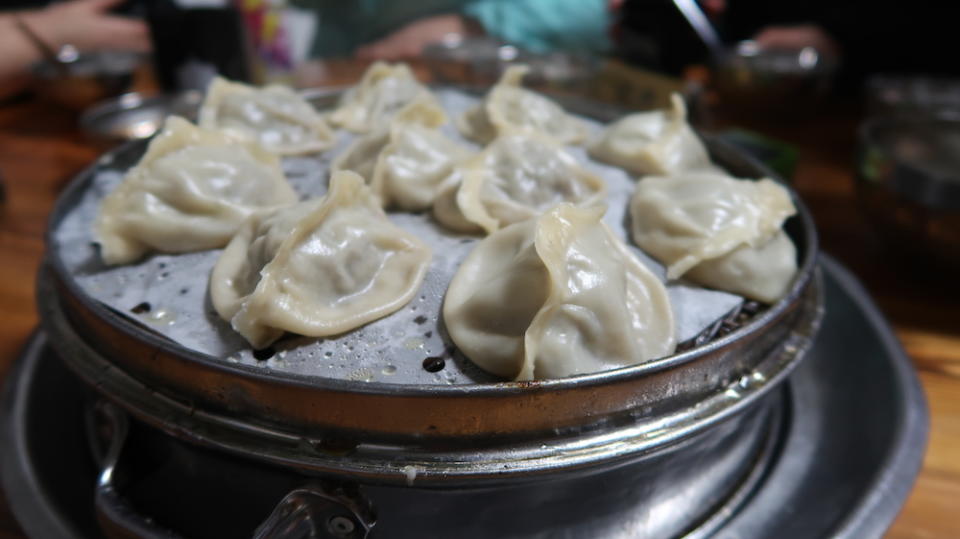
Biang Biang noodles are also a must-try—they’re one of the 8 Weird Wonders of Shaanxi: a steaming hot bowl of freshly-made thick flat egg-free noodles “as thick as a belt” and served in a sour-spicy pool of chili oil, vinegar, and beef broth with vegetables, cilantro, and garlic.
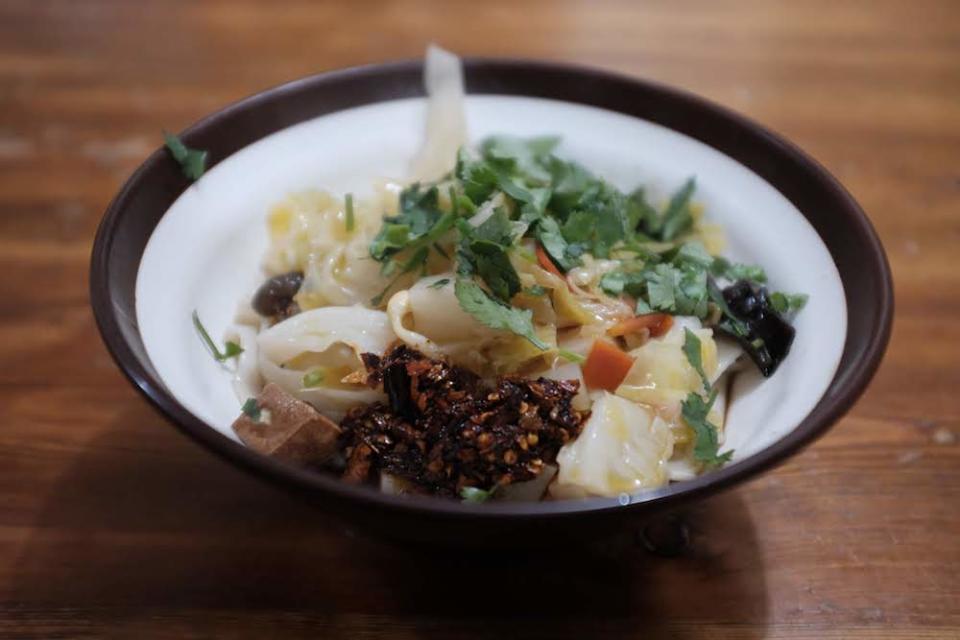
Yong Xing Fang: Situated just inside the East Gate of Xi'an's city walls, this outdoor exhibition space is part historical food museum—showcasing traditional and historical local Shaanxi and Xi'an ingredients, cuisines, and food culture—and part glorious food court. Plan to spend a solid half-day wandering through its narrow corridors, eating your way through the region's delicious Han food history.
NB: Yong Xing Fang is a cashless operation—if you don't have a credit card-linked WeChat account, make sure to pick up a pre-paid card at the main entrance before heading inside.
A post shared by Z (@july_zee) on Sep 29, 2018 at 7:48pm PDT
Lao Sun Jia (364 Dong Dajie): Tourists and locals alike flock to this paomo joint for steaming bowls of warming lamb stew. "You'll spend more than an hour just doing the bun—slowly, slowly you'll make them into really small pieces," says Ophelia Wu, the assistant director of food and beverage at the Grand Hyatt Xi'an, referring to the ritual hand-tearing of mo, the regional flatbread in the Shaanxi province, "The smaller your pieces, the better the flavor from the broth."
A post shared by Lucky Surya Haryadi (@luckysuryaharyadi) on Jul 8, 2013 at 6:09am PDT
The Cirque Cafe & Bar (Qujiang Hanyao Rd. and Xinkaimen South Rd. southwest corner): Co-owner and head bartender Frederick Ma hails from Hong Kong and slings medicinally-inspired drinks and guests snack on small bites at this speakeasy situated behind a secret door masquerading as an ancient Chinese medicine shop storefront. "We don't see a lot of great cocktail bars yet in Xi'an, but this is one of them," Wu says. "It's so surprising. Once you enter, you'll find yourself in the main bar area, which is very modern, and where they serve a lot of cool cocktails—traditional cocktails with a twist, usually a health-related ingredient. So, like, chamomile, honey, and pandan in cocktails. And the cocktails have medicinal names."
Imagine Club (100m east of Han Guang Rd. intersection, South 2 Ring Rd.): For a group night out and a chance to experience some local music, along with a low key beer-and-cocktail menu, Imagine Club is the live music venue of the moment. "Every night there, they have live local singers," Wu says. "It's packed every single night—all young people—and everyone's there to see the four acts, each performing five multi-lingual pop numbers.
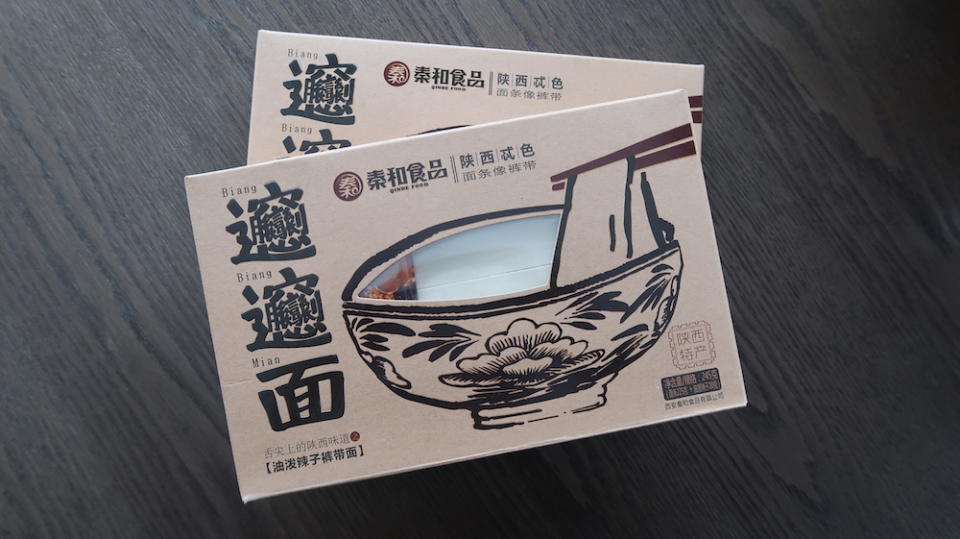
Leave room in your suitcase for:
Ice Peak: You’d be hard-pressed to find this super-sweet version of orange soda outside the Shaanxi province
Portable packs of dried Biang Biang noodles (above) available at Yong Xing Fang for 18 RMB
Fresh-pressed sesame oil from the Muslim market: fragrant and a game-changer in sauces
Hand-made sheets of ginger-sesame candy chews from Yong Xing Fang for 15 RMB a box
Recommended resources:
Lost Plate Food Tours: Operates English-speaking local food tours by tuk tuk that will efficiently whisk you through the morning and evening markets, covering tourist must-eats as well as locals-only spots off the beaten path.

